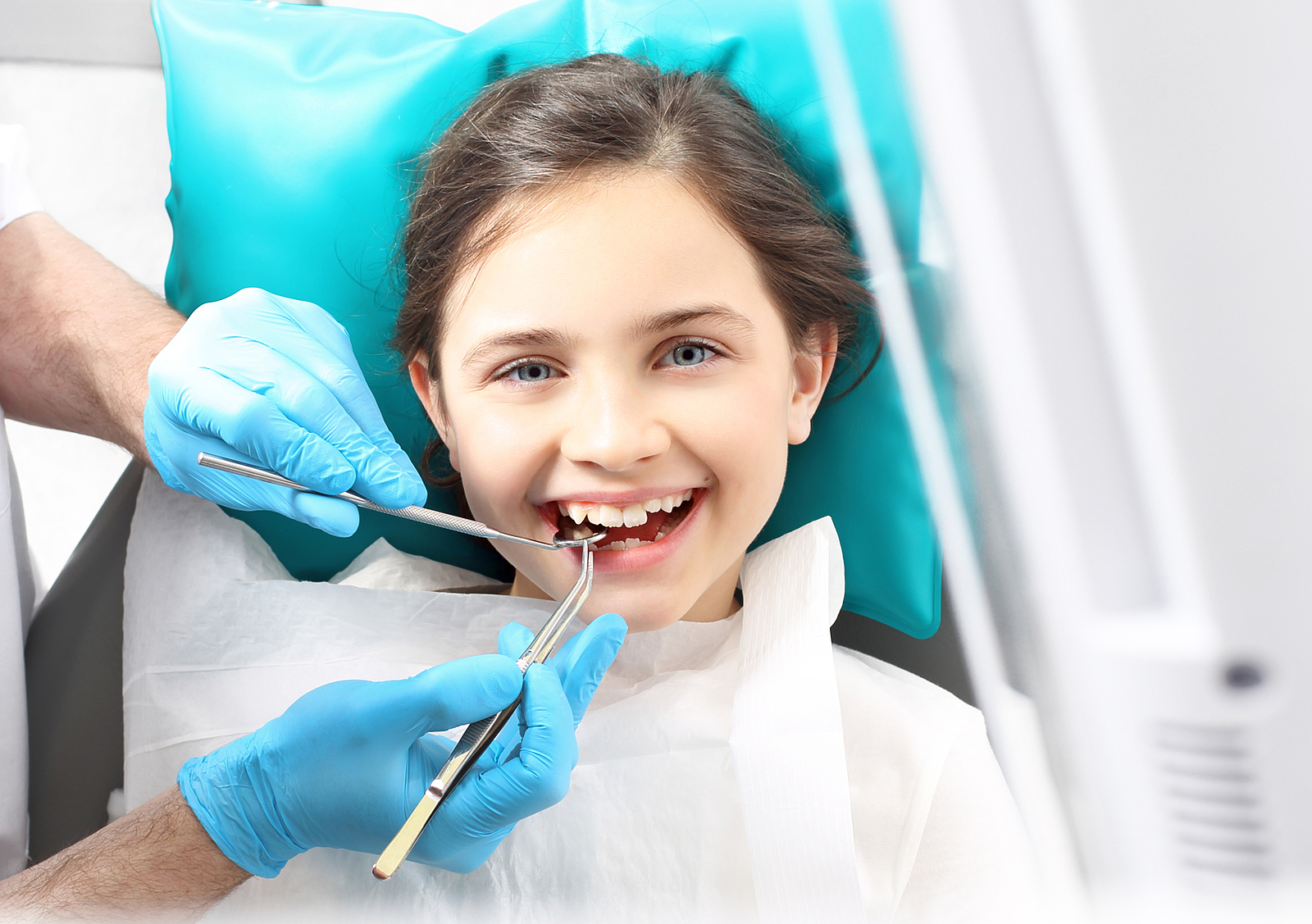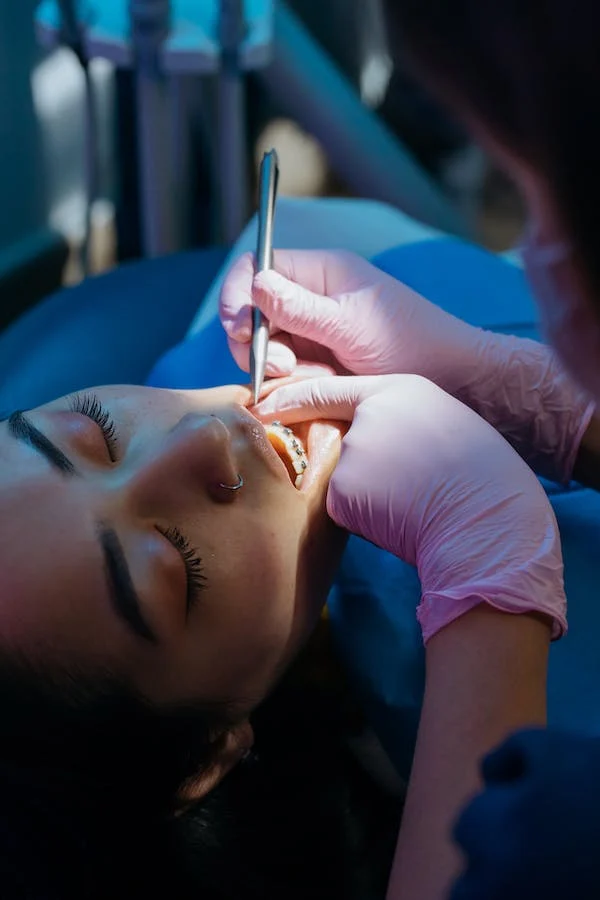The Only Guide for Legacy Orthodontics
The Only Guide for Legacy Orthodontics
Blog Article
Getting The Legacy Orthodontics To Work
Table of ContentsThe Legacy Orthodontics PDFsThe Greatest Guide To Legacy OrthodonticsExcitement About Legacy OrthodonticsWhat Does Legacy Orthodontics Do?Legacy Orthodontics Can Be Fun For Anyone
In addition, we provide adjustable treatment timetables, flexible repayment alternatives and a fun, delightful experience.An orthodontist is a dental practitioner trained to detect, stop, and treat teeth and jaw abnormalities. They remedy existing problems and are trained to recognize issues that might create in the future. Orthodontists work with individuals of all ages, from children to grownups. Individuals often connect an excellent smile with health.
Malocclusion, or misaligned teeth, can lead to oral issues, consisting of dental cavity, gum tissue illness, and difficult or agonizing chewing. Not everybody is birthed with straight teeth. If you have a negative bite or large spaces in between your teeth, you might wish to speak with a dental professional focusing on orthodontic care.
Legacy Orthodontics Can Be Fun For Everyone
( Image Credit Rating: DigitalVision/Getty Images) Orthodontists use taken care of and removable oral devices, like braces, retainers, and bands, to transform the setting of teeth in your mouth. Orthodontic therapy is for oral irregularities, consisting of: Misaligned teethBite troubles, like an overbite or an underbiteCrowded teeth or teeth that are as well much apartJaw misalignmentThe goal of orthodontic therapy is to boost your bite.
A healthy bite guarantees you can eat, eat, and speak appropriately. While you might believe of orthodontists as mainly for kids or young adults that need braces, they can correct oral problems at any age. Orthodontists attend university, oral college, and orthodontic institution. After college graduation, they spend 2 or 3 years in an orthodontic residency program.
All orthodontists are dental experts, but not all dentists are orthodontists. Orthodontic residency programs supply intensive, focused instruction for oral professionals. They focus on 2 areas: Exactly how to appropriately and securely move teeth Just how to appropriately direct advancement in the teeth, jaw, and faceOnce an orthodontist has actually finished training, they have the option to come to be board licensed.
All about Legacy Orthodontics
Misalignment, or malocclusion, is one of the most usual factor individuals see an orthodontist. It is hereditary and is the result of dimension differences in between the top and lower jaw or between the jaw and teeth. Malocclusion results in tooth overcrowding, a twisted jaw, or uneven bite patterns. Malocclusion is usually treated with: Your orthodontist affixes steel, ceramic, or plastic square bonds to your teeth.
If you have just minor malocclusion, you might be able to utilize clear dental braces, called aligners, instead of typical dental braces (https://www.indiegogo.com/individuals/38096627). Some individuals need a headwear to aid move teeth into line with pressure from outside the mouth. After braces or aligners, you'll need to wear a retainer. A retainer is a custom-made gadget that keeps your teeth in position.
They're usually made use of on youngsters. They can produce additional room in the mouth without needing to pull teeth. If you have a severe underbite or overbite, you could require orthognathic surgical procedure (additionally called orthodontic surgery) to lengthen or shorten your jaw. Orthodontists utilize wires, medical screws, or plates to sustain your jaw bone.
You may require to see an orthodontist if you have: Crowding or not adequate area for every one of your teethOverbite, when your upper teeth come great post to read by your bottom teethUnderbite, when your base teeth are too far forwardSpacing or concerns with gapsCrossbite, which is when your upper teeth fit behind your bottom teeth when your mouth is closedOpen bite or an upright gap between your front bottom and top teethMisplaced midline, when the center of your base and upper teeth do not line up Correcting a dental malocclusion can: Make attacking, eating, and speaking easierImprove the symmetry of our face and your overall appearanceEase pain from temporomandibular joint problemsDifferent your teeth and make them less complicated to clean, aiding prevent tooth degeneration or tooth cavities It's commonly a dental expert that first notifications misaligned teeth throughout a routine examination.
Legacy Orthodontics for Beginners

During your first orthodontic assessment, you'll likely have: A dental examPhotos taken of your face and smileDental X-raysPanoramic (360 level) X-rays of your face and headImpressions to develop mold and mildews of your teethThese tests will assist your orthodontist know just how to proceed with your treatment. orthodontist. An orthodontist is a dental expert who's had training to treat your teeth and jaw
An orthodontist is concentrated on your bite, so something like a broken tooth would certainly be managed by a dental expert. Orthodontists are focused on your bite, or the means your teeth fit together, and the straightness of your teeth.
Ever wondered how stars always seem to have completely straightened teeth? Orthodontists are dental specialists that focus on remedying irregularities in the teeth and jaws.
The Definitive Guide to Legacy Orthodontics

, orthodontists have a varied toolkit at their disposal. These reliable braces use a system of braces bound to the teeth and attached by wires.
Clear aligners, like Invisalign, are a preferred option for individuals looking for a more very discreet treatment option. These removable trays are tailor-made to gradually move the teeth's placement. Headgear might be used combined with dental braces or aligners to use additional targeted forces, particularly for correcting jaw discrepancies. In situations of narrow jaws, palatal expanders can be used to develop area for appropriate tooth positioning.
Report this page